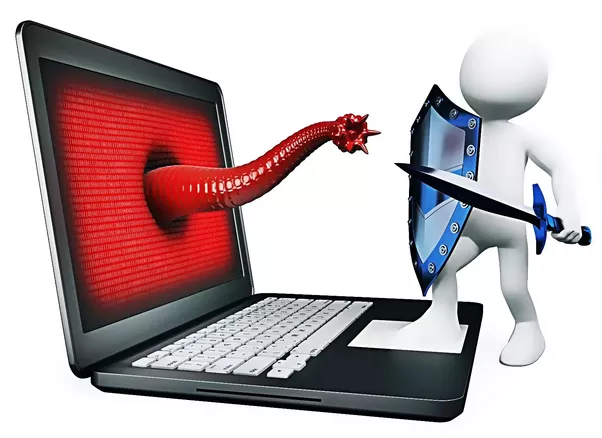
Almost all the devices connected to the internet are vulnerable to malware infection as hackers find new ways and methods to attack and infest the PCs. Users should update the software with new security patches, install an advanced virus protection software with future proof features. However, hackers use sophisticated attack methods to escape detection and infest the victim’s PCs. Users should know to recognize if the PCs are infected with malware.. Following are the symptoms
How Do i detect a Virus?
- Slow performance
- Annoying occurrence or pop-ups
- Missing of files
- Weird hard drive activities
- Lack of storage space
- Blue screens
- Unexpected error messages
- Redirection to unknown websites
If you find any of the above mentioned suspicious activities, it is important to remove the malware immediately. In this article, we will be discussing how to remove viruses or any other malware from an infected device. Read on to know more..
Step by Step Guide for Instructions on How to Get Rid of Virus
Step 1: Enter Safe Mode
It is important to disconnect the PC from the internet until you are all set to clean the PC. This would prevent the malicious software from entering and spreading the confidential data. Booting your PC in safe mode would allow only a specific amount of programs to be loaded. When a malware is defined to load instantly when the Windows starts, the safe mode prevents the malware from loading and infecting the system.. With Windows 10, entering in safe mode is bit complicated
Click start button then hold down shift key and click reboot on the power button – full screen menu pops out then select troubleshooting then select Advanced options and then click on Startup settings – click on the restart button and new screen appears then a menu appears with options that are numbered – select option 4 which is safe mode.
Step 2: Delete Temporary files
After entering in safe mode, a virus scan has to be initiated, however it is important to delete all the existing temporary files. This would clear up the space and speeds up the scanning process.
Step 3: Download an effective antivirus software
The next step is to install an effective antivirus software to scan, detect and remove the malware from the infected system. However, since hackers are developing new methods of attacks, it is critical to install a virus protection software that can deny malware entry or that implements the use artificial intelligence like containment technology that can run any unknown files in a virtual space to check if the file is a malware without affecting the normal operations of the system. There are many antivirus software available (free or paid) with the difference in the set of security features. Remember, installing a right virus protection software is critical and it should be able to provide automatic scanning feature along with an on-demand scanners, real-time protection.
Related Resources:



 (18 votes, 3.89 / 5
(18 votes, 3.89 / 5

